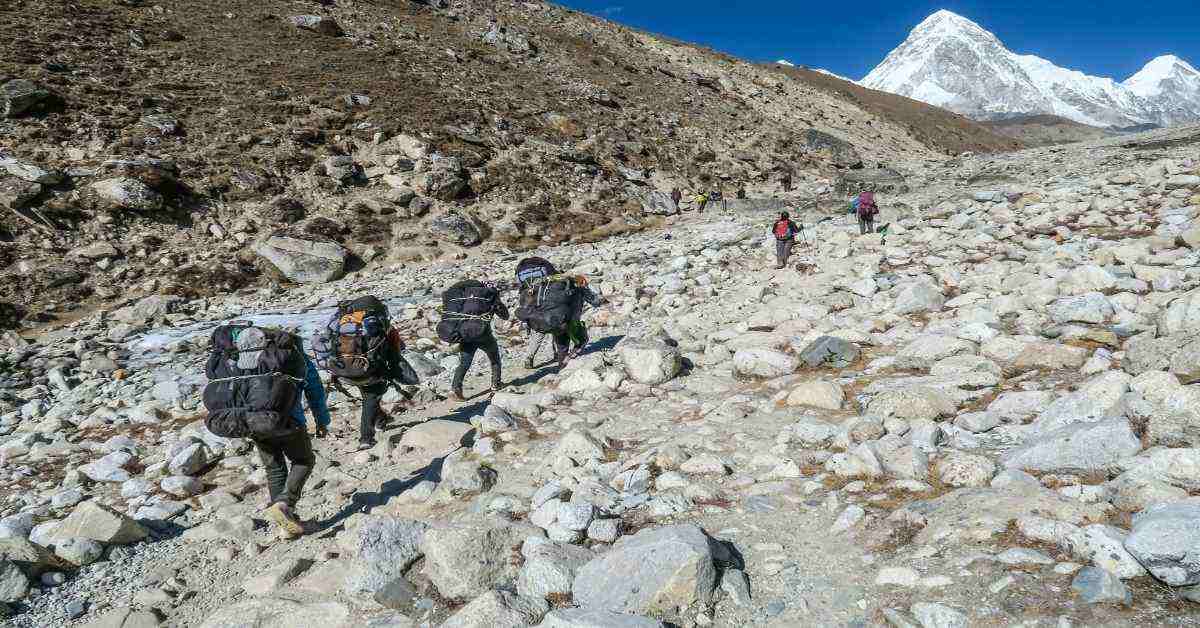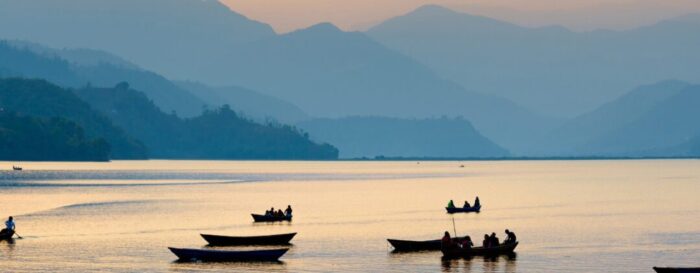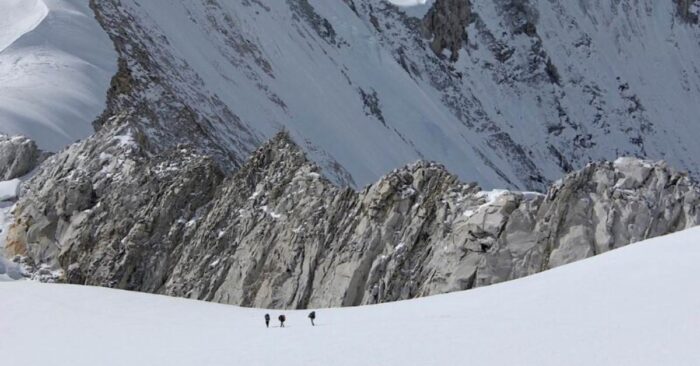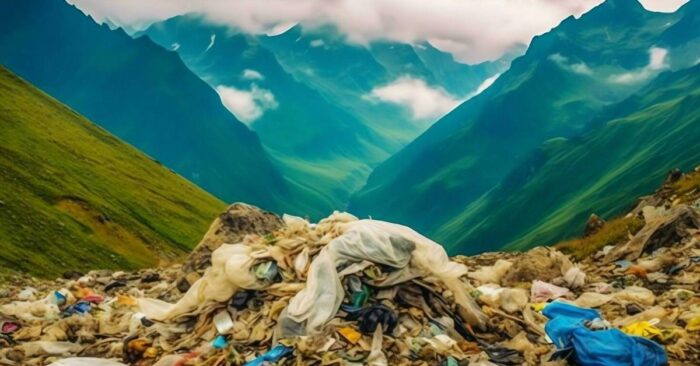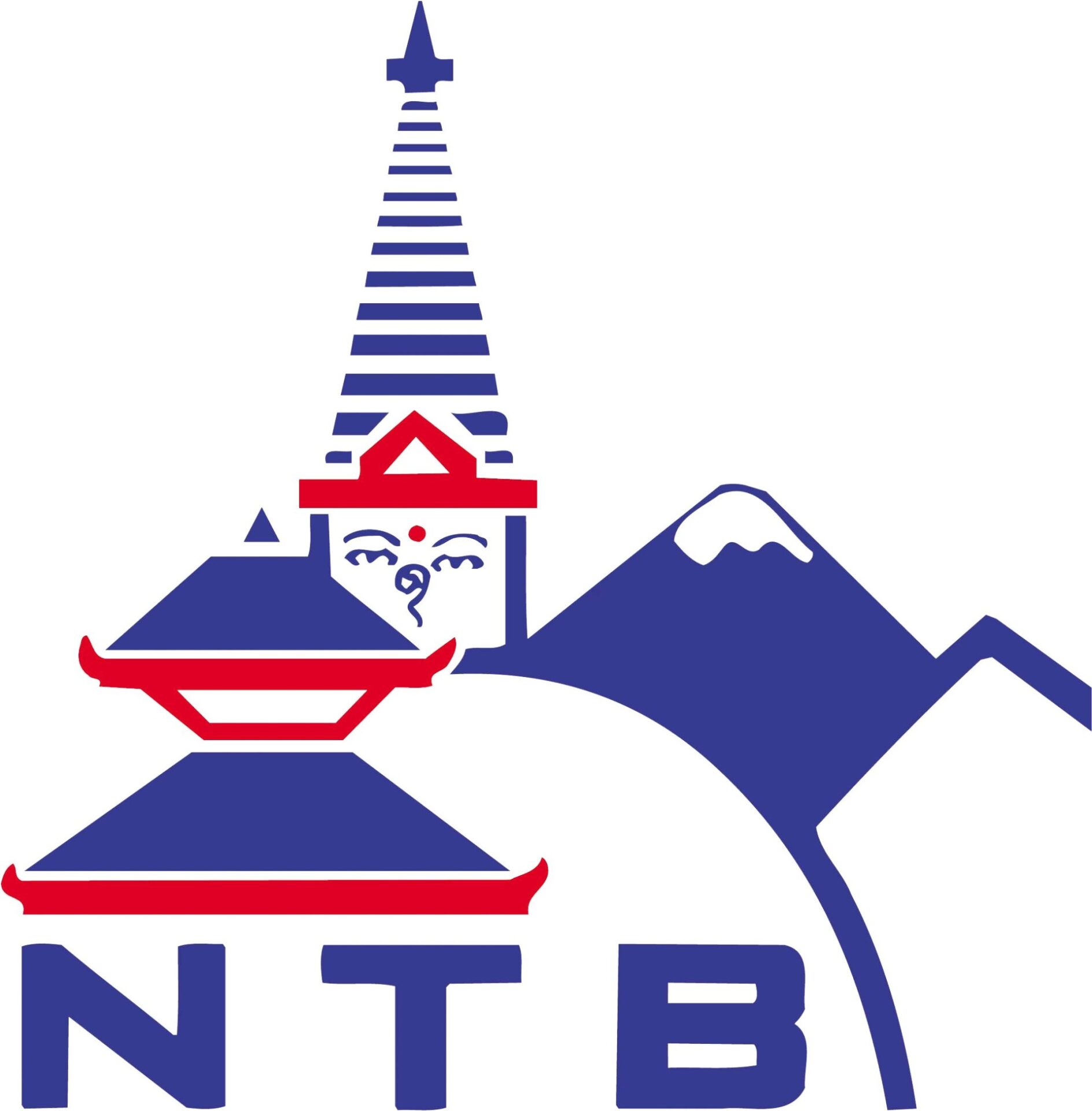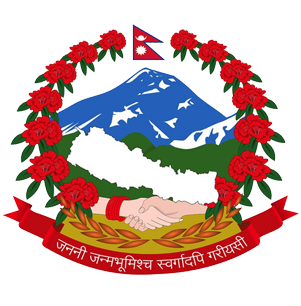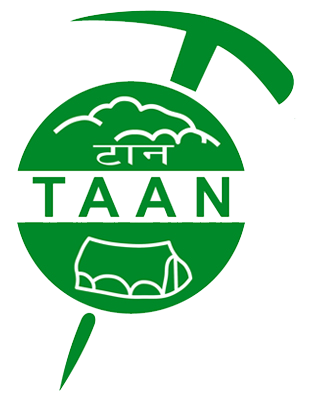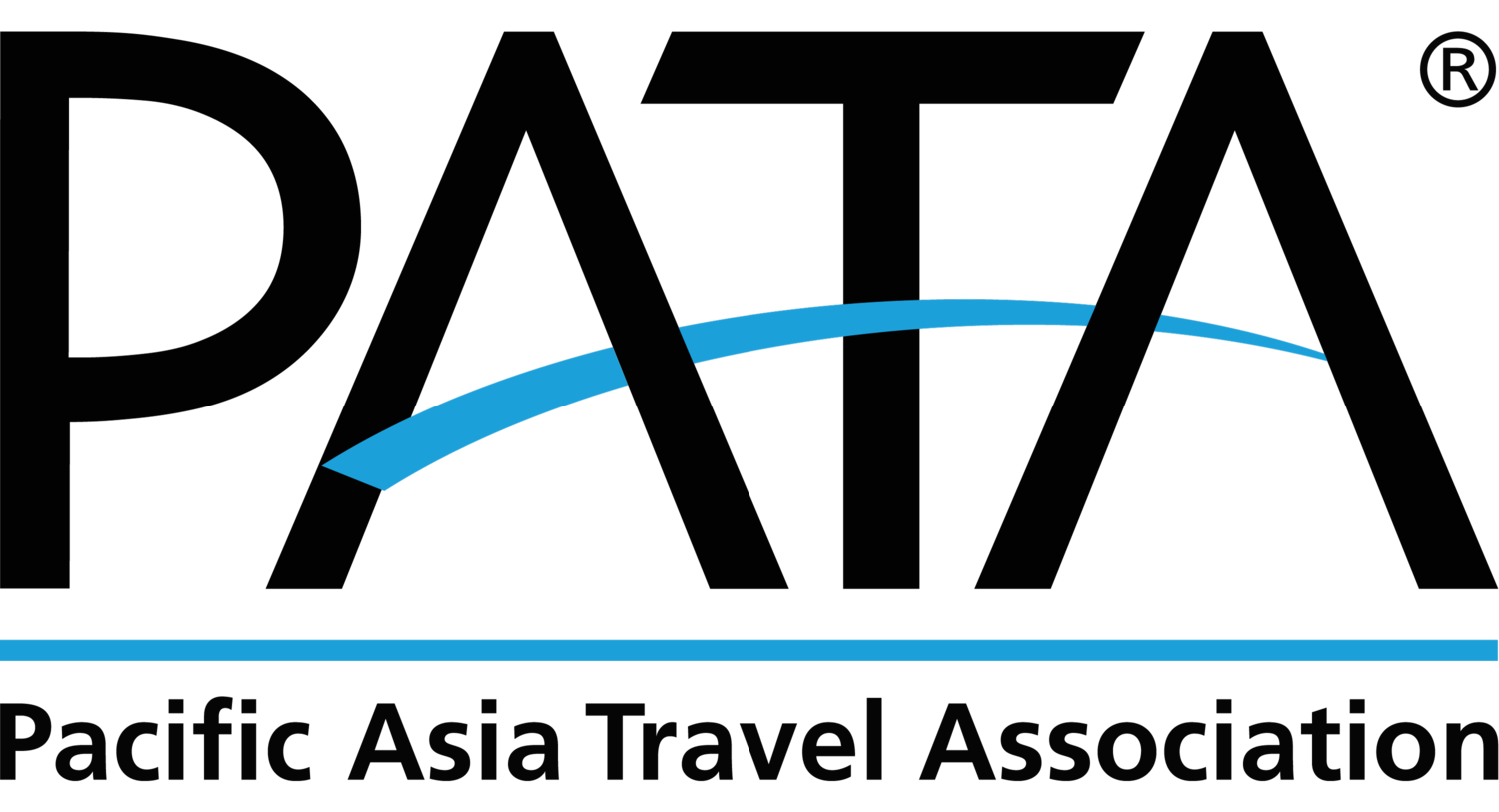Trekking requires personal gear to cover long distances, often through diverse terrains and weather conditions. The size of your backpack depends on whether you have porters or not. Gear recommendations vary based on personal preferences, conditions, and environment. Tailor your gear choices based on weight and packability, especially for long distances.
The Most Essentials: Things You Must Take on Trek
Trekking Shoes
- Hiking boots (Comfortable, durable, and suitable for the terrain)
- Camp shoes (your reward after an exhausting day)
Backpacks
- Sized appropriately for your trip with adjustable straps for comfort
Clothing:
Layered Clothing:
- Base layer: Moisture-wicking fabric to keep you dry.
- Insulating layer: For warmth in cold conditions.
- Outer layer: Waterproof and windproof jacket.
Quick-dry Fabrics:
- Choose clothing made from materials that dry quickly to stay comfortable.
Trekking Pants:
- Lightweight, breathable, and comfortable pants suitable for varied terrains.
Headgear:
- Hat or cap to protect from the sun.
- Warm beanie for cold weather.
- Sunglasses with UV protection.
Mandatory Accessories
Sleeping
- Tent (necessary for treks with camping)
- Sleeping bag (for most treks, a –15° bag will be sufficient.)
Personal Supplies
- Sun screen
- Hand sanitizer
- Toiletries (toothbrush, toothpaste, deodorant, floss, etc.)
- Face/body wipes
- Lip balm
Accessories
- Water purification (pump or tablets)
- Water bottles
- Trekking poles
- Head lamp with extra batteries
- Journal and pens
- Camera with extra batteries
- Daypack (for your rain jacket, snacks, camera, etc.)
- Heavy-duty duffle bag (preferred by porters)
- First Aid Kit (Basic supplies for minor injuries)
- Multi-tool or Knife
Extras
- Duct tape (fixes just about everything, at least temporarily)
- Power bank (Keep your electronic devices charged)
- Extra passport photos and photocopies of your passport

